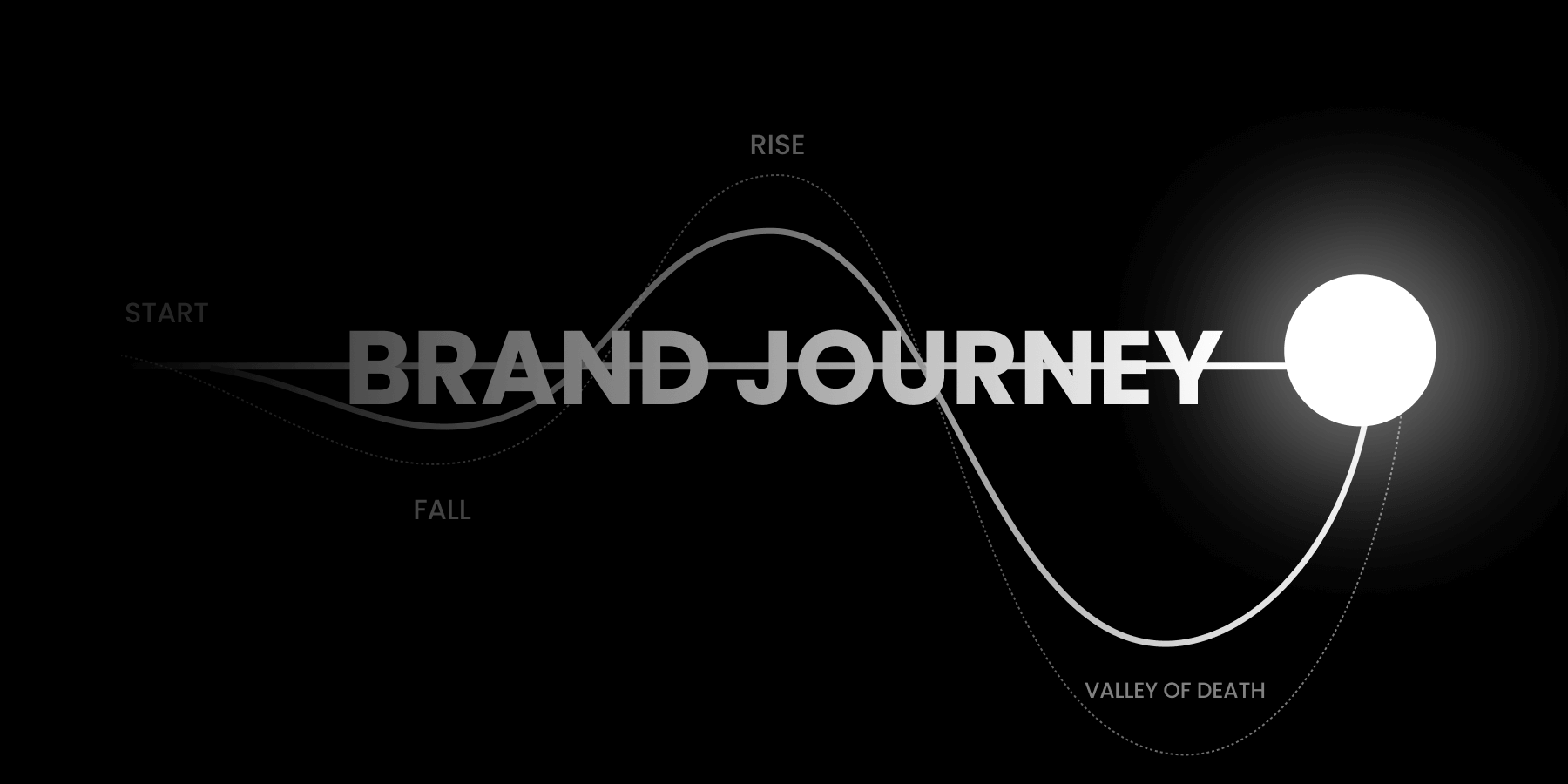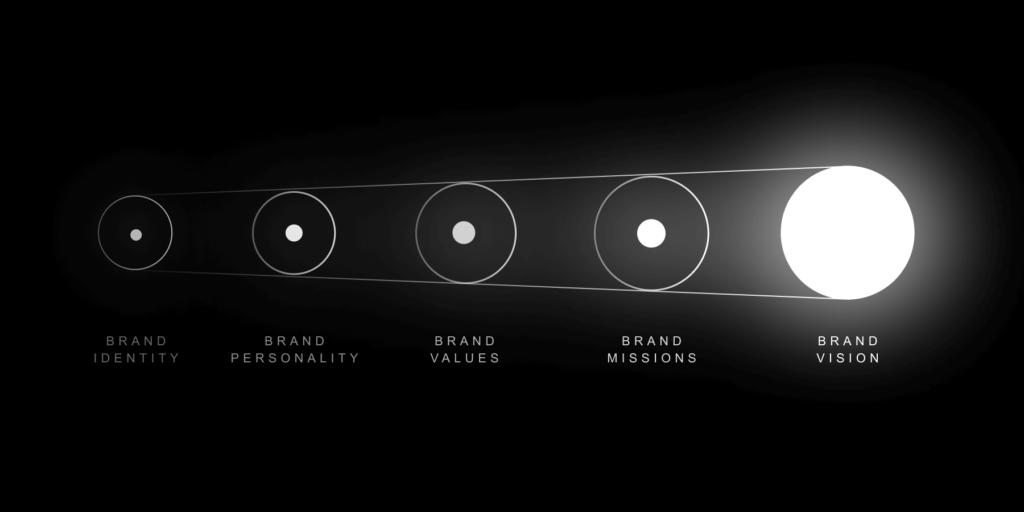Common Business Challenges – No matter the Business phase or industry
Brand Design . July 15, 2024 .3 Min Read
At every phase of its journey, every business grapples with obstacles, be it during its inception or during the shift to a more mature stage. The challenges faced by various industries often find their origins in brand design. Let’s see how strategic brand design can help overcome these obstacles and facilitate a smooth transition to the next stage of business without any hassle.
Stage 1: Initial Startup Phase
Challenges
During the initial phase of starting a new venture, there are significant challenges that need to be addressed, including:
- Market Uncertainty: 42% of startups fail due to no market need (CB Insights).
- Lack of Differentiation: 50% fail due to poor differentiation (Startup Genome).
To tackle these challenges, the following solutions are recommended:
Solutions
- Brand Research: This involves deeply understanding customer pain points and identifying market gaps.
- Brand Strategy: This is a crucial step that involves creating a unique value proposition and establishing a precise brand positioning, which is a significant factor in a startup’s success.
- Brand Design: This crucial step involves developing a visually striking and memorable brand identity and creating cohesive brand assets. This is crucial for making a lasting impression.
Stage 2: Growth and Expansion
Challenges
Scaling a business brings about a set of new challenges and complexities, including:
- Inconsistent Messaging: Research by Lucidpress reveals that 60% of companies need help maintaining brand consistency.
- Scalability Issues: Rapid growth often results in a lack of processes that can scale effectively.
To address these challenges, the following solutions can be implemented:
Solutions
- Brand Engineering: This involves aligning the overall brand strategy with processes that can accommodate the company’s growth.
- Brand Storytelling: Creating captivating and relatable narratives that can resonate across different markets.
- Creative Solutions: Designing flexible brand elements that quickly adapt to the company’s future growth.
Stage 3: Maturity and Sustained Success
Challenges
In this stage of business development, companies face the challenge of staying relevant in a highly competitive landscape:
- Brand Stagnation: 82% of consumers prefer evolving brands (Siegel+Gale).
- Complacency: 44% of companies fail to innovate effectively (Harvard Business Review).
To overcome these challenges, companies can consider the following:
Solutions
- Brand Refresh: This involves updating brand elements to align with current market trends, ensuring the brand remains attractive to consumers.
- Innovation in Design: Companies can introduce fresh and creative concepts while still maintaining the brand’s core identity, keeping it exciting and engaging for customers.
- Strategic Partnerships: Collaborating with long-term partners to develop and implement compelling brand strategies for sustained success, ensuring that the brand remains competitive and relevant.
Stage 4: Decline, Revive, Crisis Management and Adaptation
Challenges
During the fourth stage, the primary focus of companies is on addressing unforeseen challenges and market disruptions:
- Crisis Communication: Maintaining brand reputation during crises.
- Adaptability: Pivoting strategies to meet changing market demands.
Solutions
- Brand Resilience: Building a strong brand foundation that withstands crises.
- Agile Design: Quickly adapting brand visuals and messaging as needed.
- Strategic Consultation: Providing guidance and support during turbulent times.
Conclusion
In order to effectively address these challenges, it is important to adopt a proactive approach to brand design. The successful brand goes beyond just visual appeal; it involves crafting a captivating storyline that connects with your target audience.
Tags



